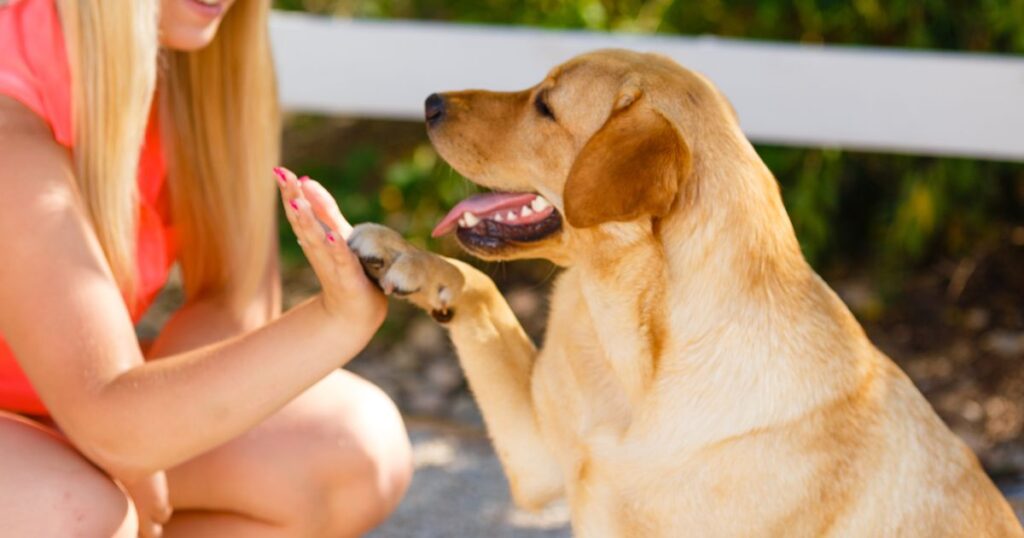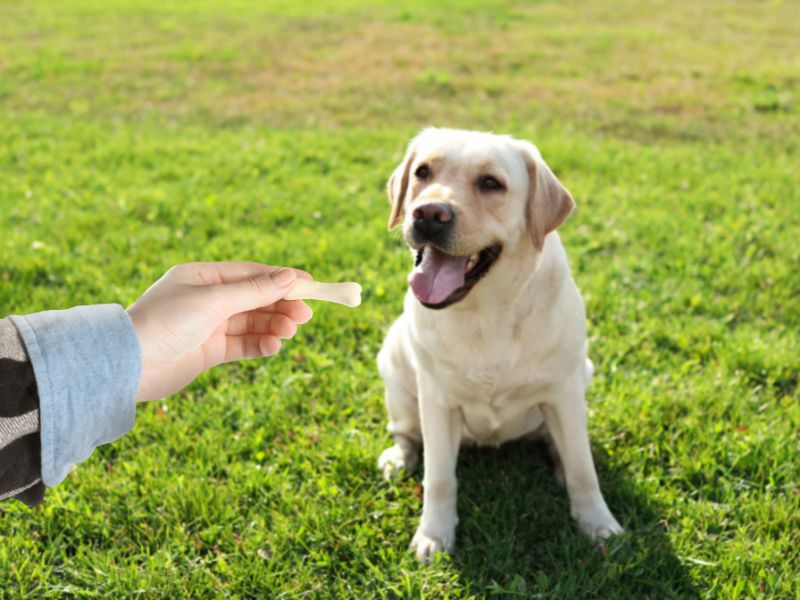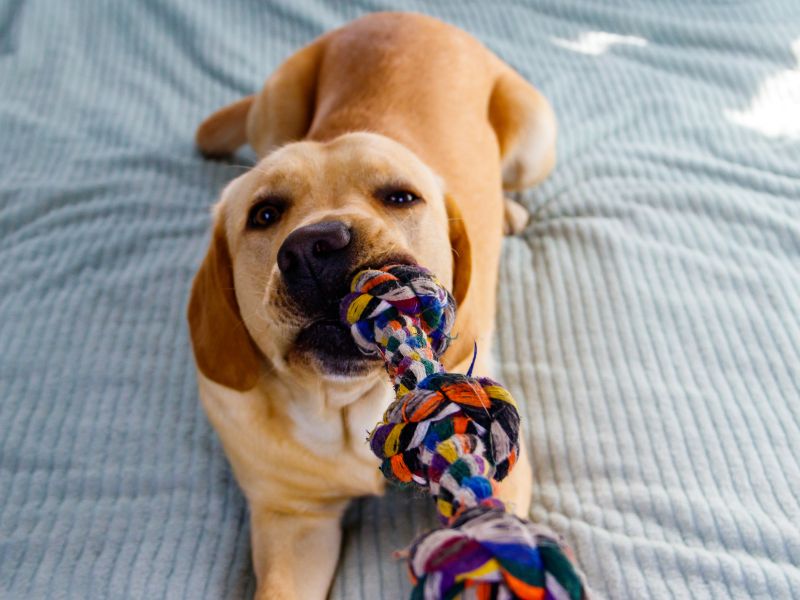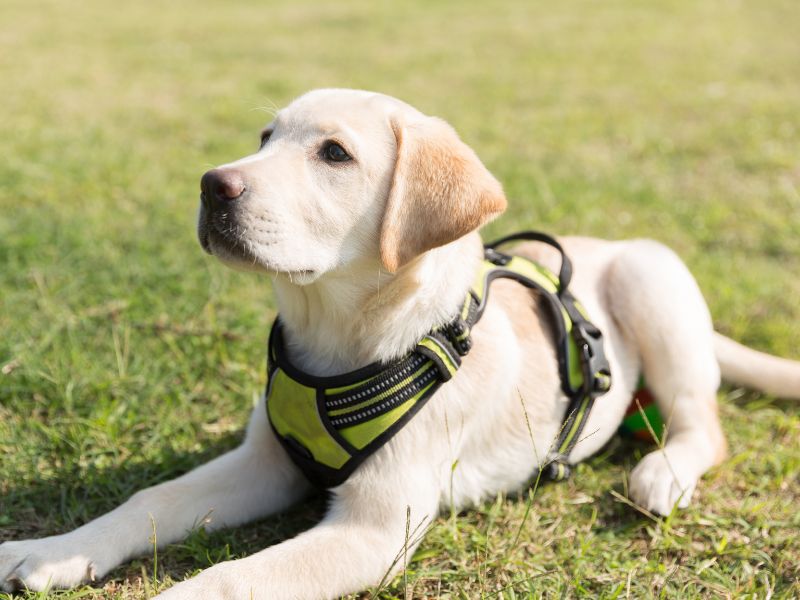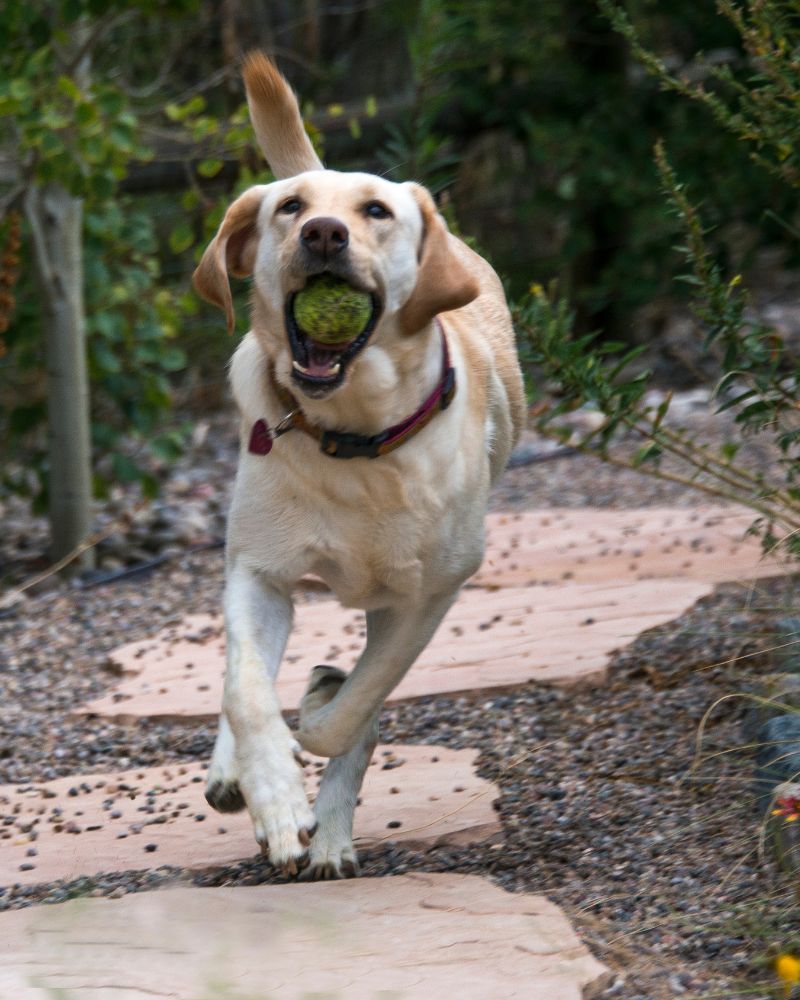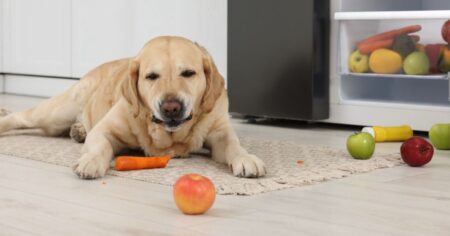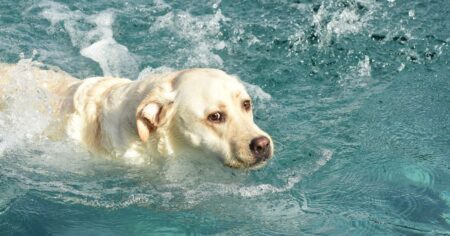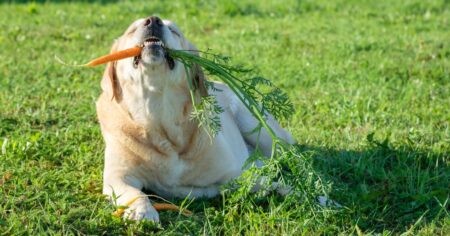Labradors are one of the most popular dog breeds in the world, and for good reason. They are friendly, loyal, and energetic, making them the perfect companion for any dog lover. However, keeping a Labrador entertained can be a challenge, especially if you have a busy schedule. Fortunately, there are plenty of fun games you can play with your furry friend to keep them happy and healthy.
One of the most popular games to play with a Labrador is fetch. This classic game is not only fun but also great exercise for your dog. All you need is a ball or a frisbee and a wide-open space, and your dog will be entertained for hours. Another game that Labradors love is hide and seek. This game is not only fun but also helps to improve your dog’s problem-solving skills. Simply hide a toy or a treat somewhere in the house, and let your dog use their nose to find it.
If you’re looking for a more challenging game, try scent games. Labradors have an incredible sense of smell, and they love using it to track down hidden objects. You can start by hiding treats around the house and letting your dog find them with their nose. As your dog gets better at the game, you can make the hiding spots more challenging. These are just a few of the many games you can play with your Labrador to keep them happy and healthy.
Scent Games To Play With Your Dog
Labradors are known for their excellent sense of smell, and playing scent games with your furry friend is a great way to engage their natural instincts. Here are a few fun scent games that you can play with your Labrador:
What You’ll Need
Before you start playing scent games with your dog, you’ll need a few supplies. These include:
- Treats or toys with a strong scent
- A leash and harness (if playing outside)
- A scent container (such as a small jar or plastic container)
- A scent sample (such as a cotton ball soaked in essential oil)
Your First Scent Trail
To start playing scent games with your dog, you’ll want to create a simple scent trail. Begin by placing a treat or toy with a strong scent at the end of the trail. Then, use a scent container to create a trail leading up to the treat or toy.
Once you’ve created the trail, bring your dog to the starting point and encourage them to follow the scent. Use verbal cues like “find it” or “follow your nose” to help them along. When they reach the end of the trail, reward them with the treat or toy.
Making Scent Work More Difficult
As your dog becomes more experienced with scent games, you can make the games more difficult. Here are a few ways to challenge your dog:
- Increase the length of the scent trail
- Add turns or twists to the scent trail
- Use multiple scent containers to create a more complex scent trail
- Play scent games in different locations (such as a park or forest) to introduce new scents and challenges
Remember to always keep things fun and positive for your dog. With a little practice, you and your Labrador will be expert scent game players in no time!
Statue Games To Play With Your Dog
Labradors love to play games, and statue games are a great way to engage your furry friend. This game involves teaching your dog to freeze in place on command. Here are a couple of sub-sections to help you get started:
Your Event Marker
An event marker is a sound or word that signals to your dog that they have done something correctly. In statue games, you can use a clicker or a verbal cue such as “yes” or “good.” Start by having your dog in a standing position and then use your event marker and give your dog a treat. Repeat this a few times until your dog understands that the sound or word means they have done something right.
Making It More Difficult
Once your dog has mastered the basics, you can make the game more challenging. Start by asking your dog to hold the position for a few seconds longer before rewarding them. You can also ask your dog to hold the position while you move around them or throw a ball. Another fun variation is to have your dog hold the position while you hide treats around the room and then release them to go find the treats.
Playing statue games with your dog is a great way to bond and have fun together. Remember to keep the game positive and reward your dog for their efforts. With a little practice, your dog will be a pro at freezing in place on command!
Search Games To Play With Your Dog
Playing games with your dog is not only a fun way to bond with your furry friend, but it can also be a great way to provide mental and physical stimulation. Here are four fun games to play with your Labrador that will keep them entertained and engaged.
Step 1
The first game is a classic game of fetch. It’s simple and easy to play. All you need is a ball or a toy that your dog likes to fetch. Start by throwing the ball or toy a short distance and encourage your dog to bring it back to you. Gradually increase the distance as your dog becomes more comfortable with the game.
Step 2
Another game that your Labrador will love is hide and seek. Start by taking a toy that your dog loves and hiding it somewhere in the house. Then, encourage your dog to find the toy by using a happy and upbeat voice. This game not only provides mental stimulation but also helps your dog to develop their sense of smell.
Step 3
The third game is tug of war. This game is perfect for dogs that love to play rough. All you need is a rope or a toy that your dog can grip onto. Start by holding one end of the rope and encouraging your dog to grab onto the other end. Then, gently tug on the rope, and let your dog pull back. This game is a great way to build your dog’s strength and to burn off excess energy.
Making It More Difficult
If your dog is getting too good at these games, you can always make them more challenging. For example, you can try playing fetch with a frisbee instead of a ball, or you can hide the toy in a more difficult location. By making the games more challenging, you’ll keep your dog engaged and entertained for longer periods of time.
In conclusion, playing games with your Labrador is a great way to provide mental and physical stimulation while also bonding with your furry friend. Try out these four fun games and see which ones your dog enjoys the most.
Teach Your Dog To Freeze
Teaching your Labrador to freeze is a great way to improve their obedience and control. This game is easy to learn and can be played indoors or outdoors.
Step 1
Start by asking your dog to sit or lie down. Once they are in position, say “freeze” and hold your hand up in front of their face. Wait for a few seconds before giving them a treat. Repeat this step a few times until your dog understands what you want them to do.
Step 2
Once your dog has mastered the freeze command, try walking a few steps away from them before giving the command. Make sure you hold your hand up in front of their face and wait for a few seconds before giving them a treat.
Step 3
As your dog gets better at freezing, try increasing the distance between you and them. You can also try freezing them while they are in motion, such as when they are running or playing fetch.
Making It More Difficult
To make the game more challenging, try freezing your dog in different positions. For example, you can ask them to freeze while they are standing up or while they are lying on their side. You can also try freezing them while there are distractions around, such as other dogs or people.
Remember to keep the game fun and rewarding for your dog. With practice, your Labrador will become a pro at freezing on command.
Keeping It Fun
Playing games with a Labrador can be a fun and rewarding experience for both the dog and owner. However, it is important to keep it fun and safe. Here are a few tips to make sure the games are enjoyable for everyone involved:
- Mix it up: Dogs can get bored of playing the same game over and over again. Mix up the games to keep things interesting. The search results provide several fun games to play with a Labrador, including tug of war, scent games, and fetch.
- Keep it safe: Safety should always be a top priority. Make sure the games are played in a safe environment and that the toys used are appropriate for the dog’s size and strength. Always supervise the games to prevent any accidents.
- Set boundaries: It is important to set boundaries and rules for the games. This can include teaching the dog to drop the toy when asked and not to jump up on people during play. By setting boundaries, the games can be more enjoyable for everyone involved.
- Reward good behavior: Rewarding good behavior can encourage the dog to continue playing the games in a positive way. This can include giving the dog treats or praise when they follow the rules of the game.
By keeping these tips in mind, playing games with a Labrador can be a fun and safe experience for both the dog and owner.
Make Learning Fun
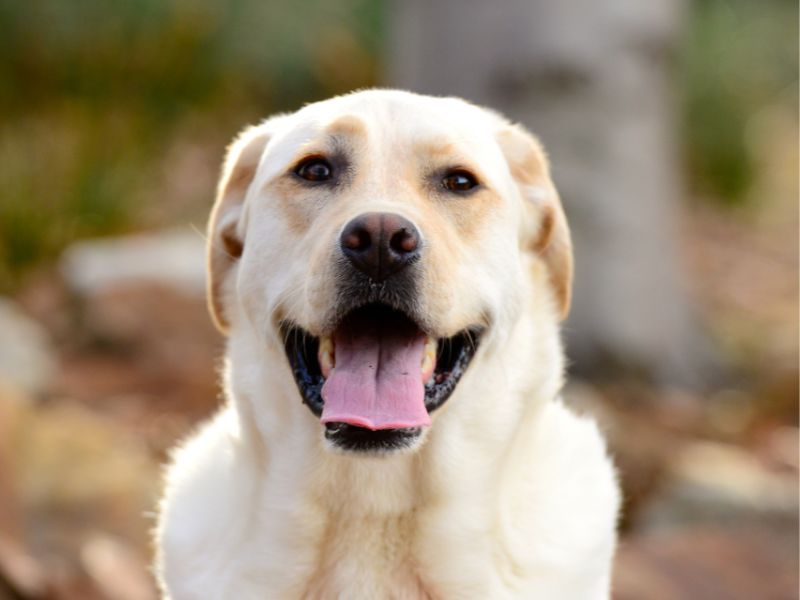
Training your Labrador can be a fun and enjoyable experience for both you and your furry friend. One way to make learning more fun is by incorporating games into your training sessions. By doing so, you can keep your dog engaged and motivated, and they will be more likely to retain what they have learned.
One game that can make learning fun is the “find it” game. Place a treat or toy somewhere in the room and encourage your dog to find it. This game not only helps to improve your dog’s sense of smell but also helps them to learn basic commands such as “find it” and “come.”
Another game that can make learning fun is the “name game.” Teach your dog the names of their toys and encourage them to fetch the correct toy when you call its name. This game helps to improve your dog’s memory and their ability to follow commands.
In addition to these games, you can also use positive reinforcement to make learning more enjoyable for your dog. Reward them with treats or praise when they successfully complete a task or follow a command. This positive reinforcement will motivate your dog to continue learning and improve their behavior.
Overall, incorporating games into your training sessions can make learning more fun and enjoyable for both you and your Labrador. By doing so, you can strengthen your bond with your furry friend and help them to become a well-behaved and obedient companion.

